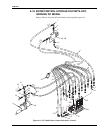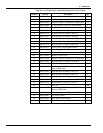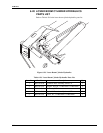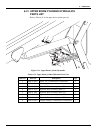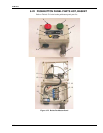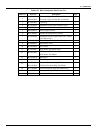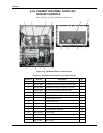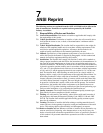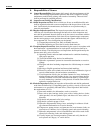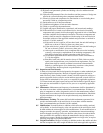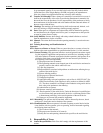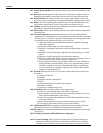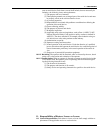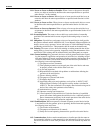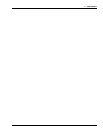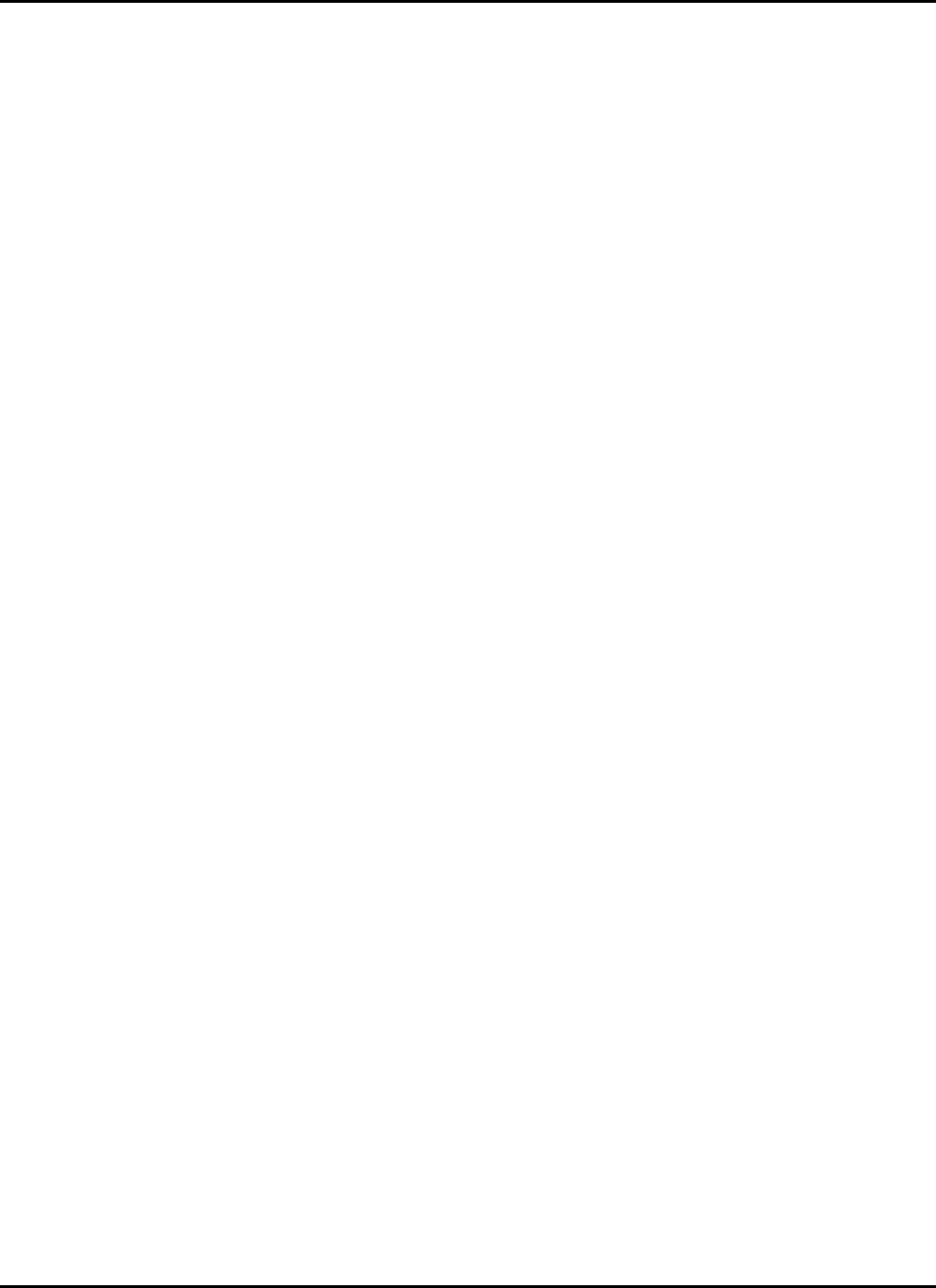
XLB-4319
7-2
8.
8.1
8.2
8.2.1 or to initial use, all new or modified mobile units
entity(s),
8.2.2
upon the intervals at which inspections and
e
ervals are dependent upon component
onent life. Two classifications are designated:
onthly intervals.
Periodic Inspection and Test: One to twelve month intervals.
op
for malfunction.
r observable deterioration or excessive
(4) visible damage or contami-
(6) ed to the aerial device for malfunction, signs of
and moisture accumulation.
ther fasteners for loose, deformed or
her locking devices. Any suspected items shall be
8.2.4 Periodi obile unit shall be performed
at th pending upon its activity, severity of service, and
env w. (These inspections shall include
th
(1)
(2) ins,
aves for wear, cracks or
or excessive abrasion.
and generators for loose fasteners, leaks, un-
g speed, and excessive heating.
external valve housing, leaks, and sticking spools.
(8) Visually inspect any vacuum prevention systems and verify function of
ry “A” aerial devices.
Responsibilities of Owners
General Responsibilities. Each owner shall comply with the requirements of this
section. The following responsibilities pertain to the owner’s inspection, testing,
maintenance, modification, training, and transfer of ownership. These activities
shall be performed by qualified person(s).
Inspection and Testing Classifications.
Initial Inspection and Test. Pri
shall be inspected and tested to ensure compliance with the provisions of this stan-
dard. Verification by the manufacturer, the installer or an equivalent
meets this requirement.
Regular Inspection and Tests. The inspection procedure for mobile units is di-
vided into two classifications based
tests shall be performed. Intervals shall be set by the owner in accordance with th
manufacturer’s recommendations. Such int
function and exposure to wear, deterioration and other agents which adversely af-
fect comp
(1) Frequent Inspection and Test: Daily to m
(2)
8.2.3 Frequent Inspection and Test. Items determined by the owner in accordance with
the manufacturer’s recommendations for each specific aerial device shall be in-
spected for defects. The following tests and inspections shall be performed by the
erator once daily, prior to first use:
(1) Operating controls and associated mechanisms for conditions interfering
with proper operation.
(2) Visual and audible safety devices
(3) Hydraulic or pneumatic systems fo
leakage.
Fiberglass and other insulating components for
nation.
(5) Missing or illegible operational and instructional markings.
Electrical systems of/or relat
excessive deterioration, dirt
(7) Visual inspection of bolts, pins, and o
missing fasteners and ot
carefully examined or tested and a determination made by a qualified per-
son as to whether they constitute a safety hazard. All unsafe items shall be
replaced or repaired before use.
c Inspection or Test. An inspection of the m
e intervals defined in 8.2.2 de
ironment, or as specifically indicated belo
e requirements of 8.2.3):
Structural members for deformation, cracks or corrosion
Parts, such as pins, bearings, shafts, gears, rollers, locking devices, cha
chain sprockets, wire and synthetic ropes, and she
distortion.
(3) Hydraulic and pneumatic relief valve settings.
(4) Hydraulic system for proper oil level.
(5) Hydraulic and pneumatic fittings, hoses, and tubing for evidence of leak-
age, abnormal deformation
(6) Compressors, pumps, motors,
usual noises or vibrations, loss of operatin
(7) Hydraulic and pneumatic valves for malfunction and visible cracks in the
such systems on Catego



